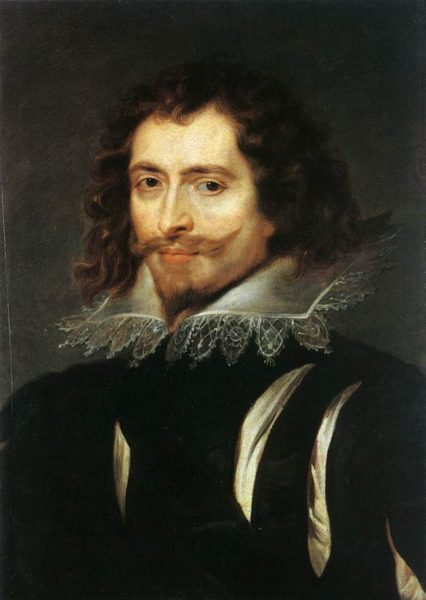In Monday’s NP Platformed newsletter, Colby Cosh considers what this mysterious and esoteric word “freedom” seems to mean to the CBC:

A screenshot from a YouTube video showing the protest in front of Parliament in Ottawa on 30 January, 2022.
Photo via Wikimedia Commons.
You may have heard that truck-driving protesters have taken over downtown Ottawa and several important border crossings here in Canada. These festive but obstructive people often claim, it is said, to be seeking some esoteric substance known as “freedom”. NP Platformed, unable to locate this “freedom” in the conventional periodic table, consulted a range of chemists in search of expert advice.
One suggested that the word was plainly a misspelling of “friedium”, implying the existence of an element or other matter known only to the Germans. Several hypothesized a molecular relationship with the abolished industrial refrigerant “freon”, raising questions about whether the Montreal Protocol has been subverted. Firm conclusions eluded our quest, but we are sure that a royal commission of inquiry will eventually be convened to get to the bottom of it all.
CBC News, confronted with the same information, did not appeal to the good old exact sciences for help. Instead, its reporters rang up every “hate” expert in their Rolodex of left-wing academics. This yielded tidbits of wisdom, such as this one: freedom “is a term that has resonated … You can define it and understand it and sort of manipulate it in a way that makes sense to you and is useful to you, depending on your perspective.” We’re pretty sure our chemical theories are less stupid than whatever this is supposed to be, but it does bear the imprimatur of Ontario Tech University, the renowned (checks notes) Oshawa-based home of the (checks notes again) Ridgebacks.
The CBC’s obtuse explanation of how the word “freedom” has been used in the past by fascist nasties, and absolutely nobody else in the annals of history, is rightly coming in for plenty of heckling. NP Platformed couldn’t resist joining in, but we would observe that this news copy bears signs of an actual journalistic crisis. If you are paying attention, you have heard about, or even seen video of, the torrents of abuse received by CTV and Global news reporters visiting the “Freedom Convoy” in Ottawa. One can only imagine the fear and frustration of CBC News employees, who know that they are much more attractive targets for misbehaviour — being a recognized part of the Ottawa blob that hinterland protesters are in town specifically to torment and terrorize.
Most of them are no doubt staying well clear of the protests, and for the public broadcaster to develop good sources within an amorphous CBC-hating right-wing movement is a plain impossibility. What’s left is Rolodex journalism. We did a lot of it back in the day, at the late, legendary Alberta Report — which, in our time, was vigorously hated by somewhere between half and two-thirds of the population of Alberta.






